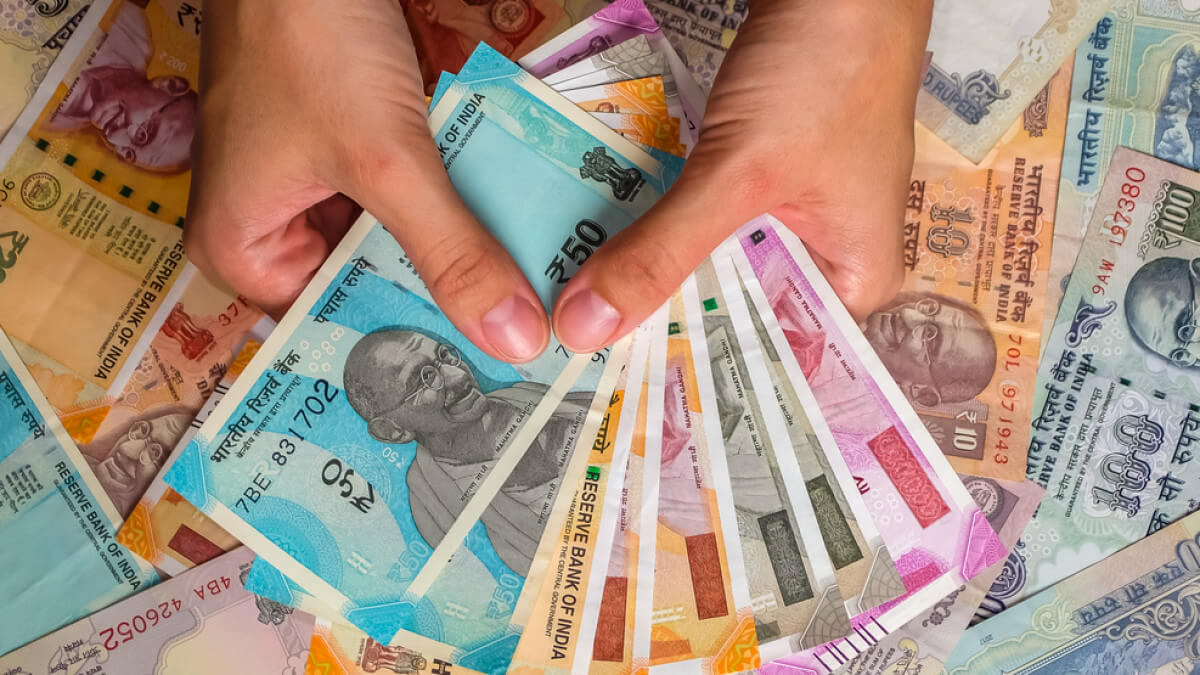The Indian government said on Monday that India and the UAE have begun settling bilateral trade in their respective currencies, with India’s leading refiner paying in rupees for importing a million barrels of oil from the Middle Eastern nation.
Bilateral Trade in Rupees
According to a statement released by the Indian mission in the UAE, Indian Oil Corp (IOC.NS) and Abu Dhabi National Oil Company (ADNOC) completed the first-ever crude oil transaction under the newly implemented Local Currency Settlement (LCS) system.
The transaction involved the sale of about 1 million barrels of crude oil, with payment in Indian Rupees (INR) and UAE Dirhams (AED).
“LCS is likely to have a transformational impact not only on the bilateral economic relationship but in the larger economic engagements across the world,” the statement read.
The MoU signed by Indian PM Narendra Modi established the LCS System, facilitated by the Reserve Bank of India and the Central Bank of the UAE. It enables cross-border payments using the rupee and dirham.
In July, India and the UAE formalised this payment method by signing an agreement that allows trade settlements in rupees rather than US dollars. This step simplifies transactions and cuts expenses by removing the need for currency exchanges.
The most recent transaction involved selling 25 kg of gold from a UAE gold exporter to a customer in India for roughly 128.4 million rupees ($1.54 million).
During Indian PM Narendra Modi’s visit to the UAE, the two nations agreed to establish a real-time payment link to ease cross-border transactions.
Bilateral trade between India and the UAE was $84.5 billion in FY 2022/23. India intends to replicate such local currency agreements with other nations to boost exports in the face of a slow global economic climate.
BIG ⚡️In a landmark move India and UAE ditch $ and make First ever crude oil transaction in local currency.
— Megh Updates 🚨™ (@MeghUpdates) August 14, 2023
The transaction involved the sale of about 1 million barrels of crude oil. Both Indian Rupees and UAE Dirhams were used for the transaction. pic.twitter.com/nKAA20leDY
No Intention to “De-Dollarise” Global Economy
The UAE’s ambassador to India, Abdulnasser Alshaali, clarified in an interview with The Hindu that the bilateral rupee-dirham agreement inked during PM Modi’s visit to Abu Dhabi had no intention to “de-dollarise” the global economy.
Alshaali added that the agreement would substantially ease trade between India and the UAE by reducing transaction costs and simplifying currency conversion.
He explained, “The idea is not to per se increase trade right away, but to actually have the option to set it up in local currencies, to have the right mechanism in place to be able to do that.”
He further noted that the issue of the “currency of the future” was altering, referring to discussions at the next BRICS summit and the recent SCO summit about promoting “national currency” payments rather than US dollars within the organisations.
India, UAE Increasing Bilateral Trade
Since signing their Comprehensive Economic Partnership Agreement in May 2022, trade between the UAE and India has risen by nearly 15%. This free trade agreement aided in the reduction of import duties on a wide range of items, including chemicals, traded between the two nations.
Bilateral trade, including oil purchases, has reached over $85 billion, with the UAE’s exports to India accounting for approximately $50 billion.
According to data from the Indian Commerce Ministry, exports of chemical products, mineral fuels, electrical machinery, gems and jewellery, automobiles, and cosmetics have increased significantly since May 2022.
India’s exports to the UAE include valuable metals, stones, jewels, and jewellery; refined petroleum products; food items such as vegetables, meat, tea, fruits, seafood, textiles, and chemicals; and engineering and mechanical goods.
Meanwhile, India’s primary imports from the UAE are petroleum and petroleum products, minerals, chemicals, precious metals, and stones.

